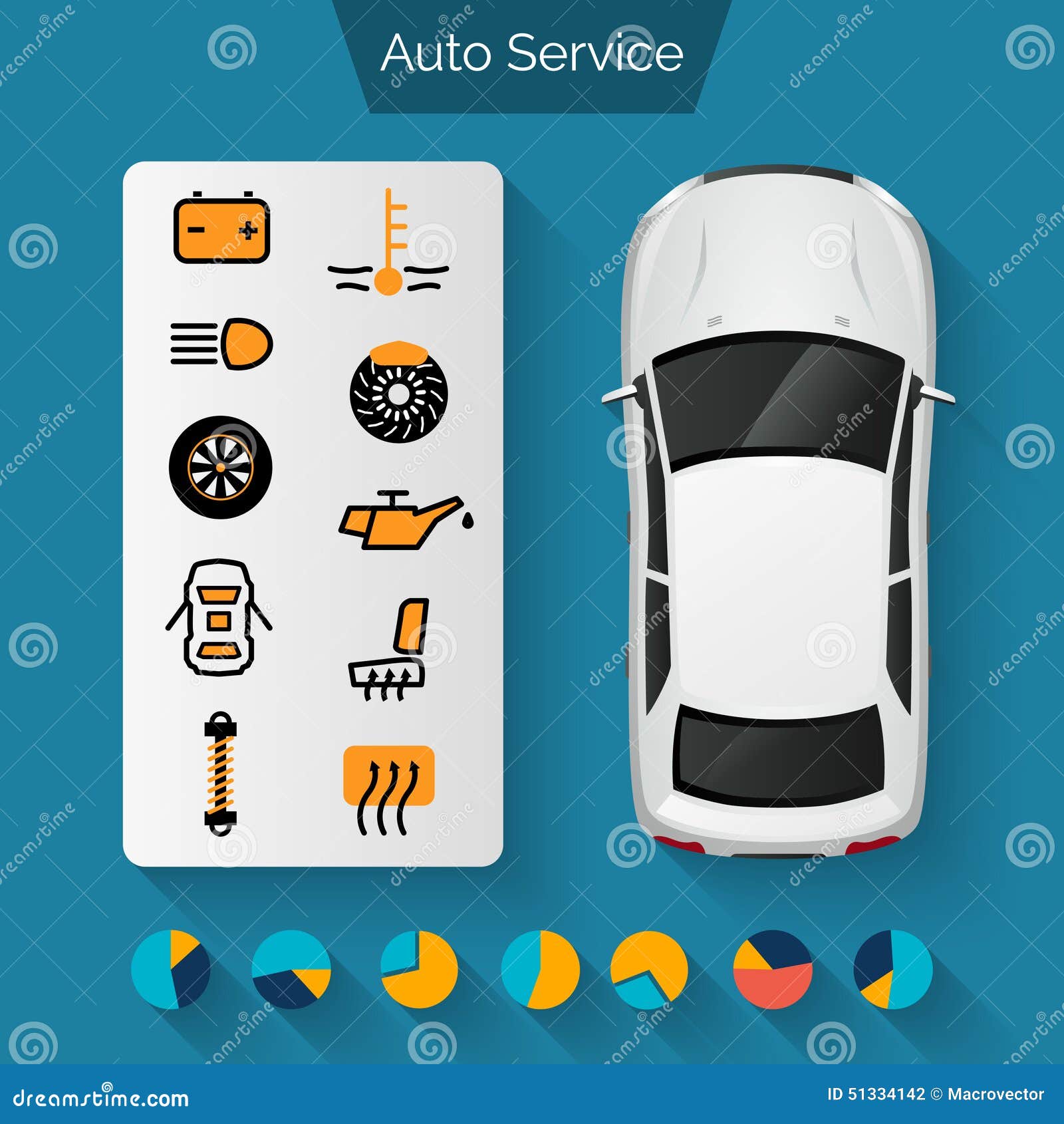Eager To Recognize What The Control Panel Caution Lights In Your Vehicle Symbolize? Explore Their Definitions For The Health And Security Of Your Lorry
Eager To Recognize What The Control Panel Caution Lights In Your Vehicle Symbolize? Explore Their Definitions For The Health And Security Of Your Lorry
Blog Article
Published By-Boye Kejser
When you lag the wheel, those radiant caution lights on your dashboard can be a bit bewildering. Do you understand what they're attempting to tell you concerning your auto's health? Understanding the significance of these lights is important for your security and the long life of your vehicle. So, the following time among those lights appears, would not you intend to decode its message accurately and take the necessary steps to resolve it?
Common Caution Lighting and Interpretations
Recognize typical caution lights in your car and recognize their definitions to make sure risk-free driving.
The most common caution lights include the check engine light, which signals problems with the engine or discharges system. If this light begins, it's essential to have your lorry inspected immediately.
The oil pressure alerting light suggests reduced oil pressure, requiring immediate interest to prevent engine damages.
A flashing battery light may recommend a damaged billing system, potentially leaving you stranded otherwise resolved.
The tire stress surveillance system (TPMS) light informs you to reduced tire pressure, influencing car security and gas effectiveness. Overlooking this might bring about risky driving problems.
The abdominal light shows a problem with the anti-lock stopping system, compromising your ability to quit swiftly in emergencies.
Last but not least, the coolant temperature warning light warns of engine getting too hot, which can result in severe damages otherwise resolved quickly.
Comprehending these common caution lights will certainly help you address issues without delay and preserve secure driving problems.
Value of Prompt Interest
Recognizing the typical caution lights in your car is just the initial step; the relevance of without delay attending to these cautions can not be highlighted enough to ensure your safety and security when driving.
When a caution light brightens on your dashboard, it's your cars and truck's way of connecting a prospective issue that requires interest. Ignoring these warnings can bring about much more extreme troubles down the road, endangering your security and possibly costing you a lot more in repairs.
Motivate interest to alerting lights can avoid malfunctions and mishaps. For https://www.wbur.org/news/2022/02/23/subaru-right-to-repair-fight-cars , a flashing check engine light might indicate a misfire that, if left neglected, could create damages to the catalytic converter. Resolving this immediately can save you from an expensive repair service.
Likewise, a brake system alerting light might indicate reduced brake fluid or worn brake pads, vital elements for your safety when driving.
Do It Yourself Troubleshooting Tips
If you discover a caution light on your dashboard, there are a few DIY troubleshooting tips you can try before seeking expert help.
The first step is to consult your auto's handbook to comprehend what the details caution light indicates. Often the concern can be as easy as a loosened gas cap causing the check engine light. Tightening the gas cap might deal with the trouble.
https://brake-service74951.dreamyblogs.com/32461940/exceptionally-convenient-mobile-vehicle-outlining-solutions-not-just-save-you-money-and-time-yet-also-boost-your-lorry-s-longevity-discover-exactly-how-they-can-change-your-routine is a low battery, which can trigger different warning lights. Examining the battery links for rust and guaranteeing they're protected may deal with the problem.
If a warning light lingers, you can attempt resetting it by separating the automobile's battery for a couple of minutes and afterwards reconnecting it. In simply click the up coming internet site , checking your vehicle's fluid degrees, such as oil, coolant, and brake fluid, can aid fix advising lights connected to these systems.
Conclusion
Finally, understanding your automobile's caution lights is necessary for keeping your vehicle running efficiently and safely. By immediately addressing these informs and knowing what they mean, you can stay clear of costly fixings and potential break downs.
Remember to consult your vehicle's guidebook for particular information on each cautioning light and do something about it accordingly to make sure a trouble-free driving experience.
Remain informed, stay risk-free when traveling!
